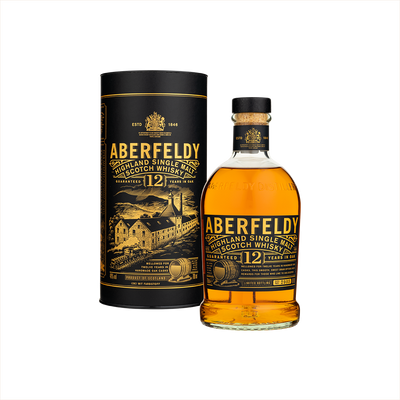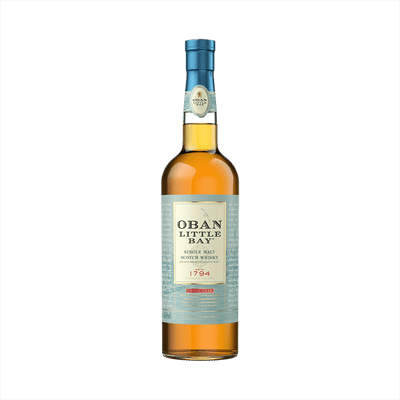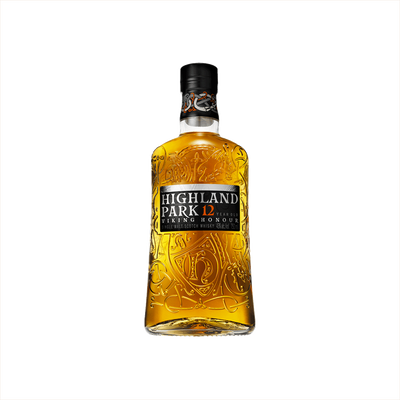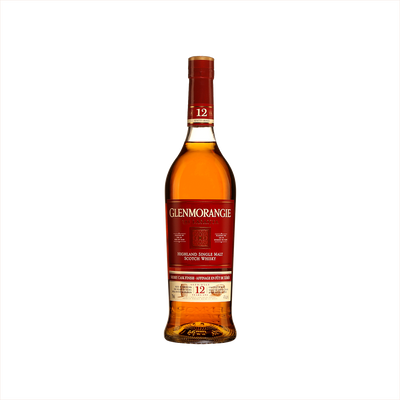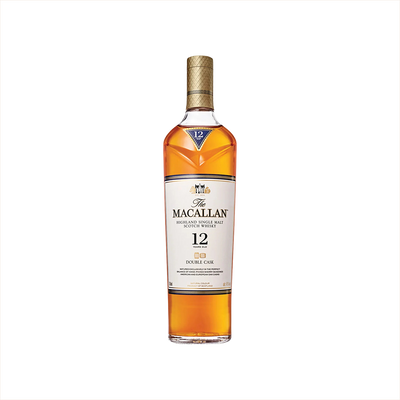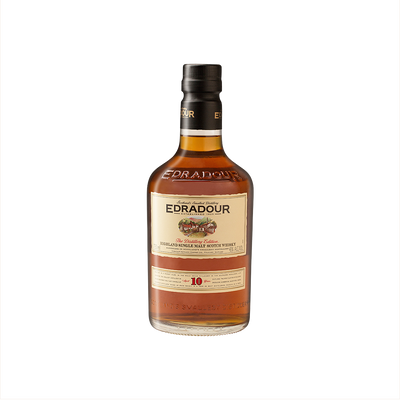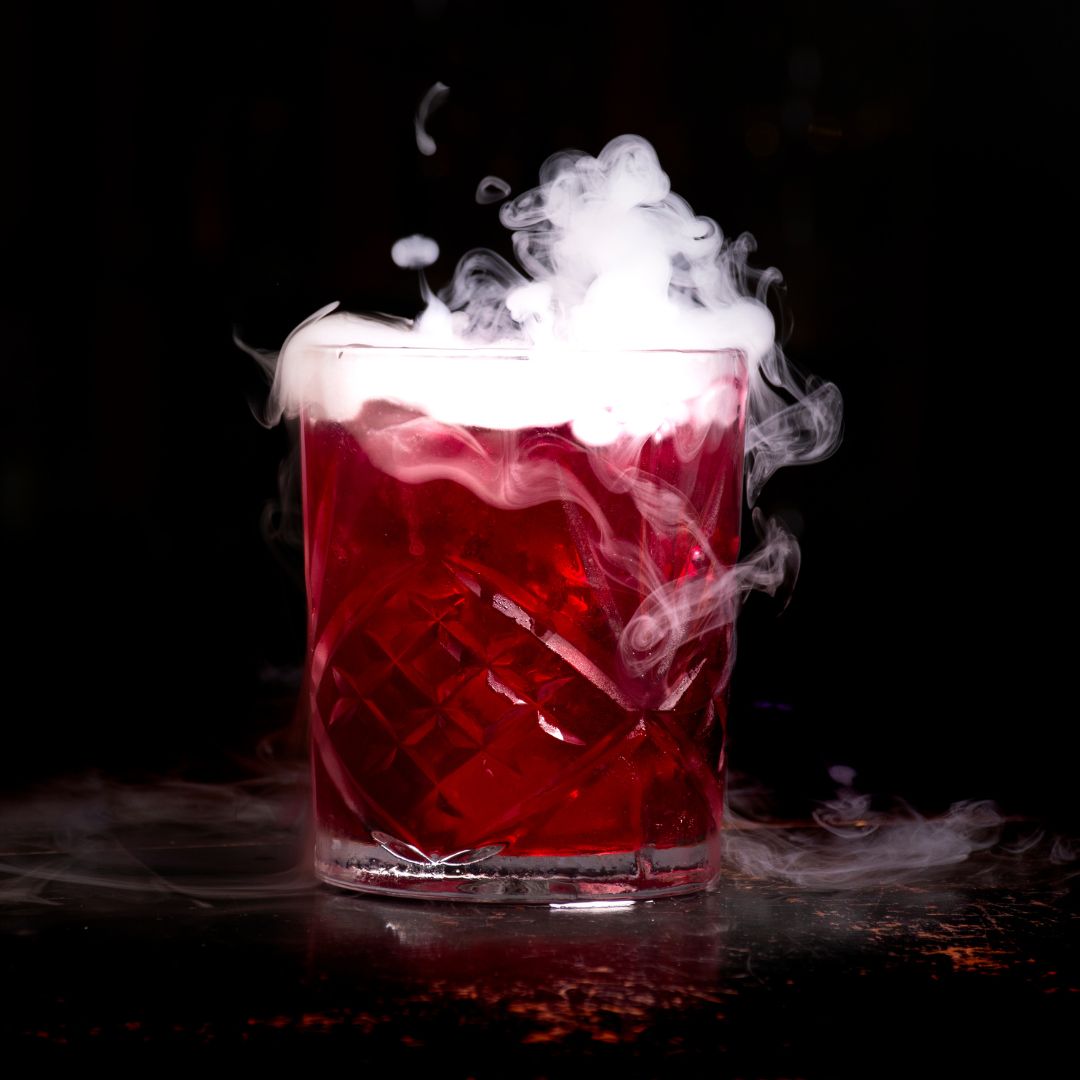Highland Single Malt
What is Highland Single Malt?
Highland Single Malt is a specific type of Scotch Whisky that comes exclusively from Scotland's Highland region, the largest and most diverse whisky-producing area in the country. To earn this designation, the whisky must be made entirely from malted barley at a single distillery within the Highland boundaries, which stretch from the southern border near Stirling all the way up to the northern coast. Highland Single Malts showcase incredible variety in flavor profiles, ranging from light and floral expressions found near the Speyside border to rich, maritime drams from coastal distilleries like Oban and Old Pulteney.
Learn More About Highland Single Malt
What makes Highland Single Malt unique?
Highland Single Malts stand apart from other Scotch whiskies through their incredible diversity, spanning Scotland's largest whisky region from the gentle, honeyed expressions of the southern Highlands to the robust, maritime-influenced drams of the northern coastline. Unlike the peat-heavy Islay malts or the grassy Lowland whiskies, Highland distilleries produce an astonishing range of flavor profiles within a single region, from the sherry-cask richness of Speyside neighbors to the heather and Highland spring water character that defines classics like Dalwhinnie and Oban. This geographic breadth means Highland Single Malts offer something for every palate, making them both an ideal starting point for newcomers and an endless source of discovery for seasoned whisky drinkers.
How is Highland Single Malt made?
Highland Single Malt begins with malted barley that's mashed with pure Scottish water, then fermented with yeast to create a beer-like wash of around 8-10% alcohol. This wash gets distilled twice in copper pot stills - first in a wash still to produce low wines, then in a spirit still to concentrate the alcohol and develop flavor compounds. The clear new-make spirit must age in oak casks for a minimum of three years in Scotland to earn the Highland Single Malt designation, though most expressions mature much longer to develop their characteristic complexity.
How do you drink Highland Single Malt?
Highland Single Malt Scotch whisky shines brightest when sipped neat or with just a splash of water to open up its complex flavors - this is how most whisky lovers prefer to experience these elegant spirits. While some enjoy it on the rocks, ice can mute the subtle notes that make Highland whiskies special, so room temperature is usually best. You'll occasionally find Highland malts in sophisticated cocktails like Rob Roys or whisky sours, but given their premium nature and intricate flavor profiles, most enthusiasts save the cocktail mixing for blended Scotches and savor these single malts straight up.
How do I choose good Highland Single Malt?
Start by considering the Highland region's diversity—northern distilleries like Glenmorangie offer lighter, fruitier profiles perfect for cocktails, while eastern Highlands produce richer whiskies like Macallan that shine neat or on the rocks. If you're mixing cocktails, gravitate toward younger expressions (10-12 years) with pronounced flavors that won't disappear behind other ingredients, but save those precious 18+ year bottles for sipping straight. Your best bet is sampling different sub-regions: Speyside for elegance, northern Highlands for freshness, and eastern areas for that classic sherried richness that defines what many people think of as "Scottish whisky."
Nutritional Information
Typical Calorie Range per Ounce: 64-70 calories
Typical Carbohydrate Range per Ounce: 0-0.1 grams
Typical Sugar Range per Ounce: 0 grams
Typically Gluten Free: Yes
While Highland single malt Scotch whisky is generally considered gluten-free due to the distillation process that removes gluten proteins, individuals with celiac disease or severe gluten sensitivity should check detailed product information and consult with their healthcare provider before consuming. Some distilleries may use different production methods or additives that could affect gluten content.
Scrolled this far? Your reward? Highland Single Malt trivia!
- Highland distilleries once paid taxes based on their still size, not production volume. This led to some brilliantly sneaky engineering in the 1800s. Distillers would create incredibly shallow, wide stills that technically had massive capacity but were impossible to fill completely. Some stills were built so flat they looked more like giant pancakes than traditional copper pots. The tax collectors caught on eventually, but not before some distilleries got away with years of creative accounting.
- The Highland region produces whisky that can taste like it came from completely different countries. A dram from Oban near the coast might taste briny and maritime like an Islay malt, while Dalwhinnie up in the mountains produces delicate, almost Lowland-style whisky. Meanwhile, Clynelish creates waxy, complex spirits that could fool you into thinking they're from Speyside. The Highland region is so geographically diverse that "Highland character" is almost meaningless – it's like saying all American wine tastes the same.
- Some Highland distilleries use snow as part of their cooling system. High-altitude distilleries like Dalwhinnie and Blair Athol have been known to pack snow around their condensers during harsh winters. This natural refrigeration creates incredibly efficient cooling that can actually change the character of the spirit. The colder condensation tends to capture more of the lighter, fruitier compounds that might otherwise escape, creating a different flavor profile than the same recipe would produce in summer.
- Highland whisky once served as currency in remote Scottish communities. In the 18th and 19th centuries, many Highland villages were so isolated that actual money was scarce. Local distilleries would pay workers in whisky, and shopkeepers accepted it as payment for goods. Some Highland distilleries kept detailed ledgers showing whisky transactions for everything from blacksmith services to wedding celebrations. A few bottles of good Highland malt could literally buy you a cow.
- The largest Highland distillery isn't where you think it is. While everyone knows about famous names like Macallan or Glenlivet, the actual largest single malt distillery in the Highlands is Tomatin, which can produce over 5 million liters annually. Built in the 1960s during the whisky boom, it was designed to supply blended Scotch producers and remained relatively unknown as a single malt until recently. They've got 23 stills working around the clock, making them a true industrial powerhouse hiding in the Scottish countryside.
Higher-proof spirits can be intense. Mix carefully, taste thoughtfully, and enjoy responsibly.
Gift message (optional)

